Through the lens – 10 of the best photos from the 2025 cycling season
Experienced cycling photographer Chris Auld shares his shots of the season and the stories behind them
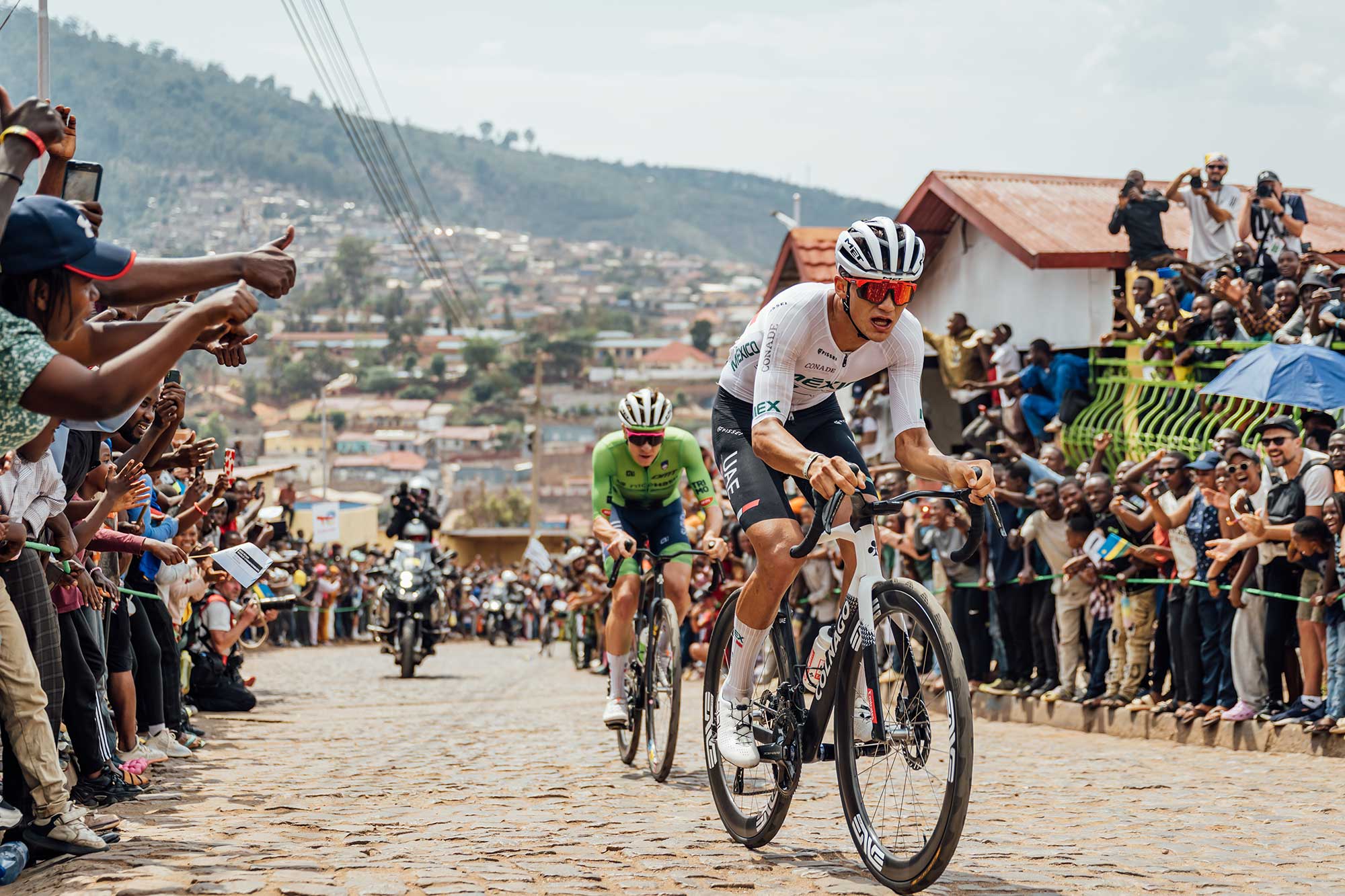
The moving pictures of the 2025 road cycling season will be replayed countless times in the years to come. Tadej Pogačar's barnstorming fourth Tour de France and second UCI Road World Championships road race victories, Pauline Ferrand-Prêvot's fairytale Tour de France Femmes title, a nervewracking edition of the Giro d'Italia, and an unforgettable weekend in hell at both the men's and women's editions of Paris-Roubaix are just a handful of the edge-of-the-seat races that we've salivated over this campaign.
Yet, for all the highlights and commentary lines being etched into the brains of fans across the world, the age old adage remains true: a picture paints a thousand words.
They might only seem to depict a split-second in the duration of a one-day or three week-long race, but in another sense, they translate and transmit the emotions and atmosphere from the roadside across the globe – the hours spent waiting on a rocky hillside in the fog, or the years spent waiting for a global event to arrive on your continent.
To bring those images closer to you, we spoke with seasoned pro cycling photographer Chris Auld, not just to marvel at some of his work from the past 12 months, but also to hear about the tales behind the images.
Auld has covered the globe this year and snapped the majority of the calendar's biggest races, revisiting familiar spots and exploring completely new surroundings. Sit back and enjoy a selection of his favourite shots from 2025 and the stories that bring them to life.
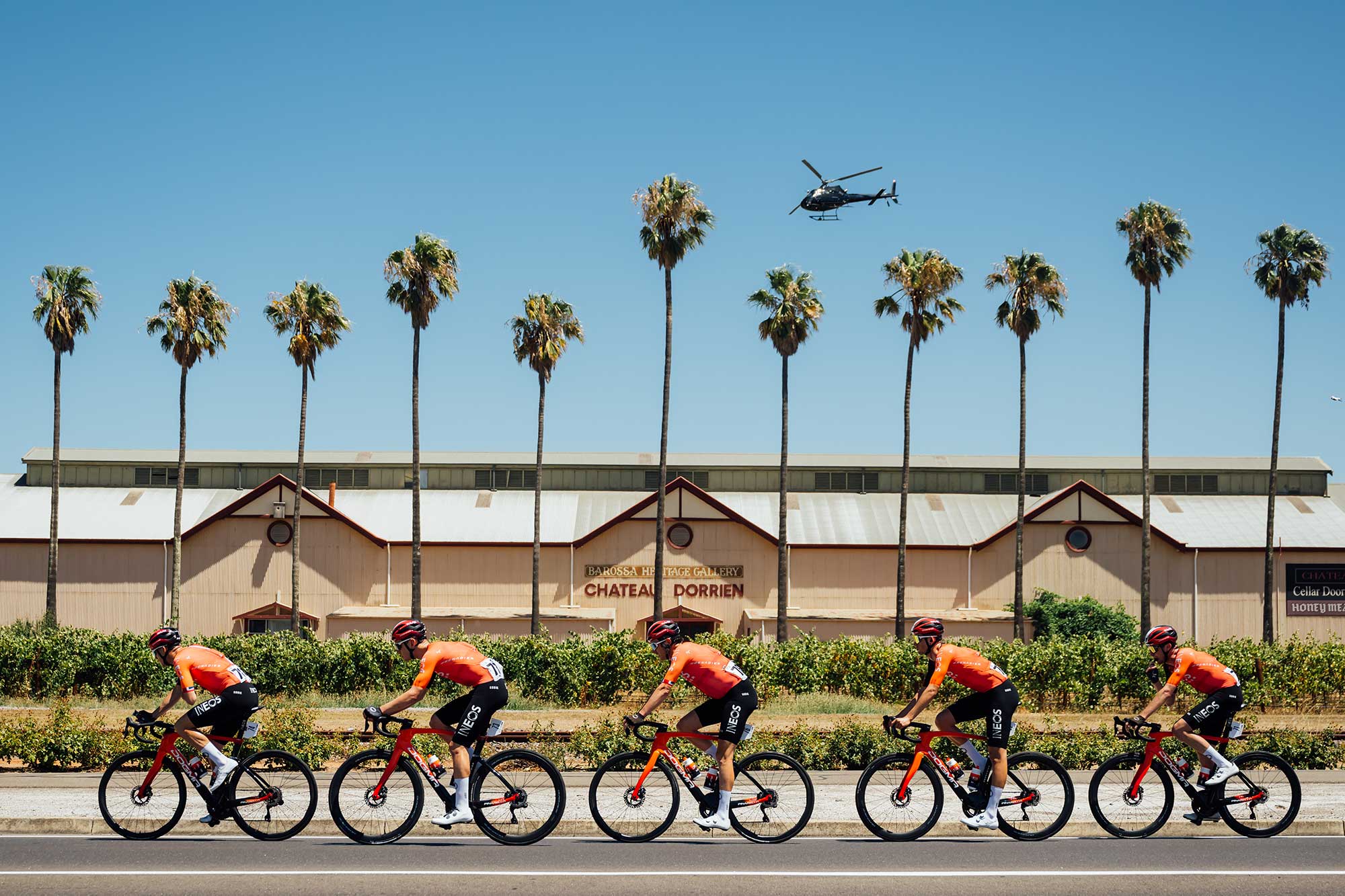
Chris Auld: What a way to start the season, it's all downhill after the Tour Down Under. It's every photographer's favourite race of the year, just because it's such a relaxing race to cover, the weather's fantastic, and you don't have to change hotels.
This was taken in one of the wine regions, I think it's near the Barossa Valley and just outside of Adelaide. And I like that shot. I just love the symmetry of it and the helicopter and then there's a building in the background – a vineyard, I think.
The thing is with the Tour Down Under, it goes across the same roads pretty much every year, not in the same order, but you get to know the shots. So, I've tried this shot before, but it's never worked as well as it did that day, because they were all lined out in the in teams as well, which is always better, because it just looks better.
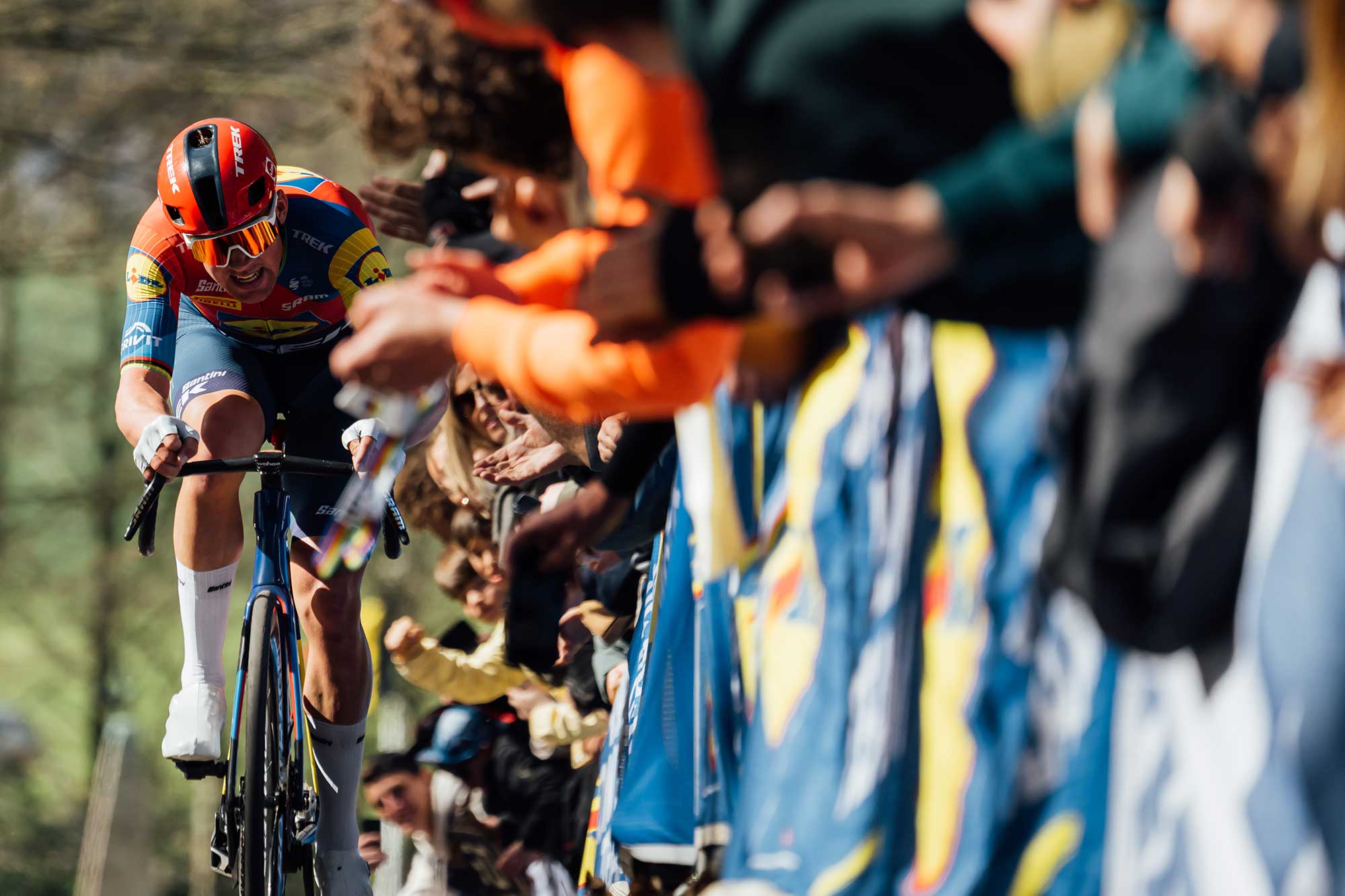
Mads Pedersen soloing to victory at Gent-Wevelgem on the Kemmelberg; the Dane has had another strong season. The thing with Gent-Wevelgem is that it can be a non-event for the first 100 kilometres, but then it bursts into life in the space of an hour. It's probably one of the most frantic hours for photographers because there are four shots in short succession.
You shoot the first ascent of Kemmelberg, run back to the motorbike, follow the race and get back ahead of the riders before the Plugstreets, where there are three stops within a kilometre of each other, and it's absolutely mental. Then you've got to go back to the Kemmelberg to shoot the final two ascents, and then onto the finish after that. It's really crazy. A lot of fast motorbike riding. This was the final ascent, so you get the rider on his own more often than not.
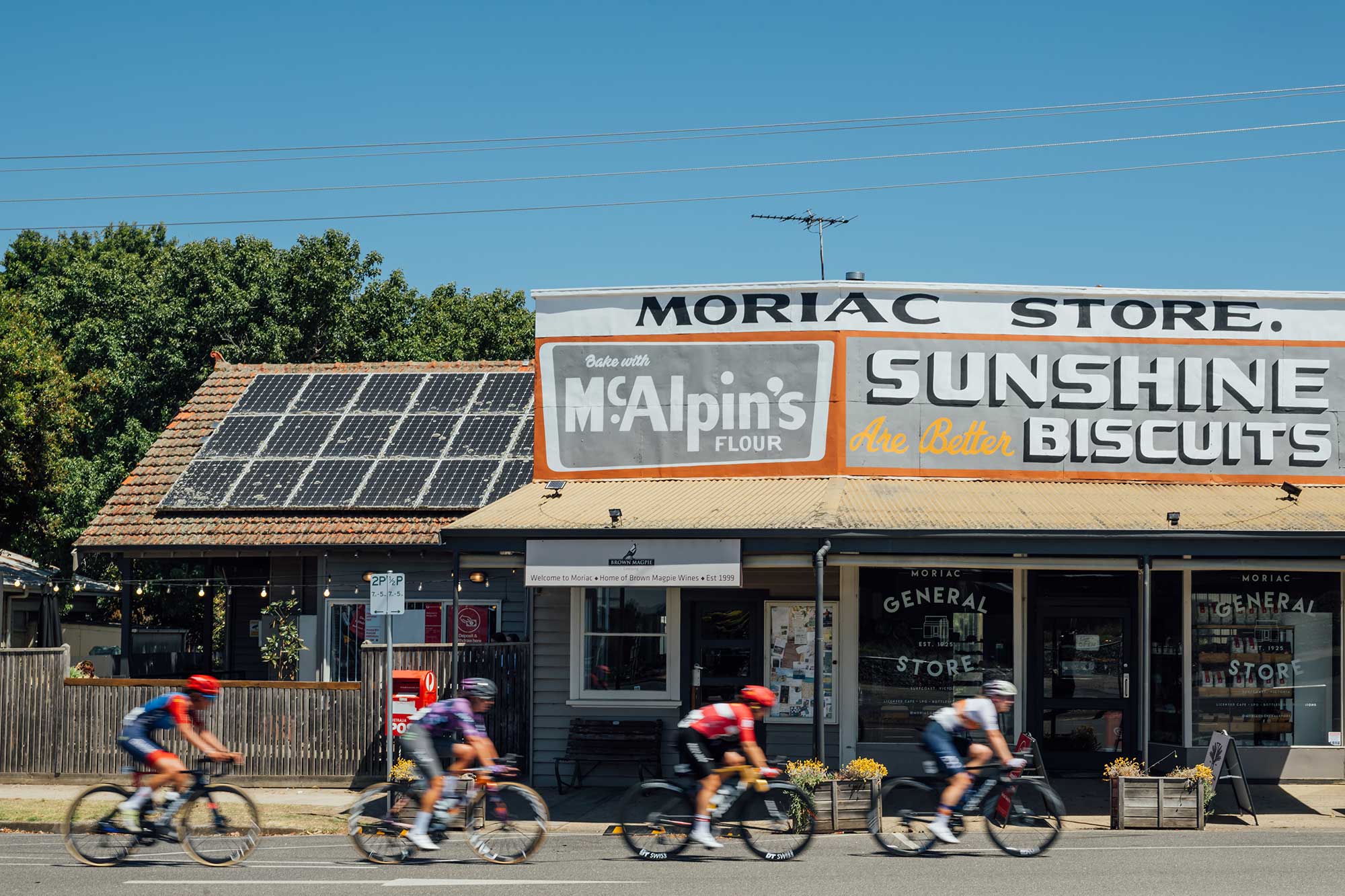
I saw this old sign while we were shooting the women's edition of the Cadel Evans Great Ocean Road one-day race at one of our designated stops and enjoyed its minimalism.
Typically, when cycling photographers shoot side-on, it's because we work for bike brands as well. The brands like it, as it gives them that little bit more exposure than a front-on snap. The simplicity, cleanness, and graphicness of it, that's what I enjoy about this shot.
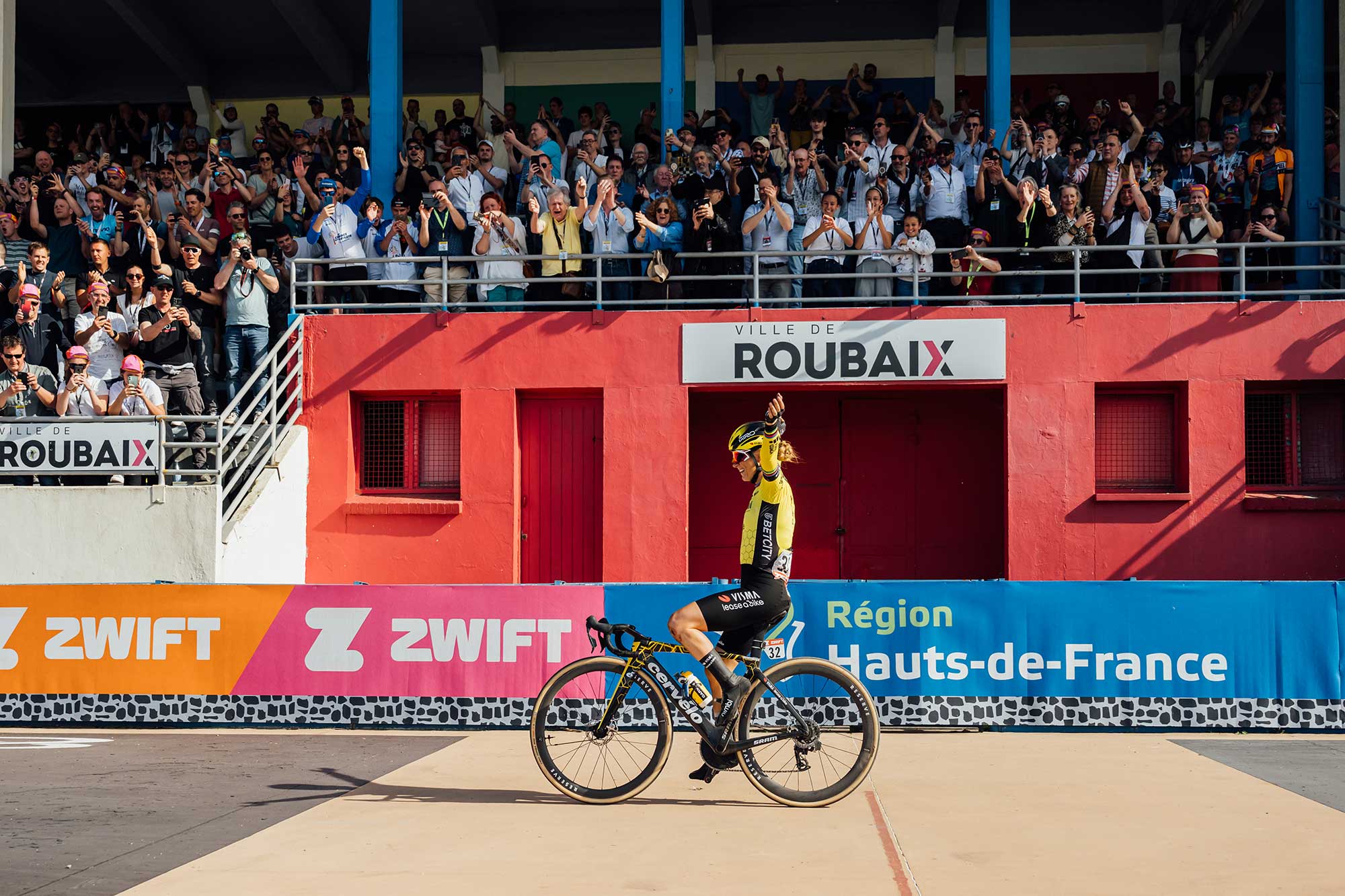
Pauline Ferrand-Prévot, what a season she's had. She epitomises 'been there, done that, got the t-shirt', really. She's been world champion in pretty much every discipline, hasn't she, and obviously she's had some years in the 'wilderness'.
The most stressful thing about Paris-Roubaix is trying to get from the Carrefour de l'Arbre to the finish line, which is roughly 15km away. You're on a motorbike in traffic, not on the race course, which is quite stressful, because you can literally hear them. When you get into the velodrome, you can hear the commentator saying, 'Oh, there are 2km to go,' which equates to about two minutes, and you're frantically thinking, 'What am I going to do?'
The front-on finish line shot at Roubaix isn't particularly great because of where they position you, so a lot of photographers started shooting this side-on shot. This was the first year I'd done it, and I'm pretty happy with what it captures. It's not the obvious shot.
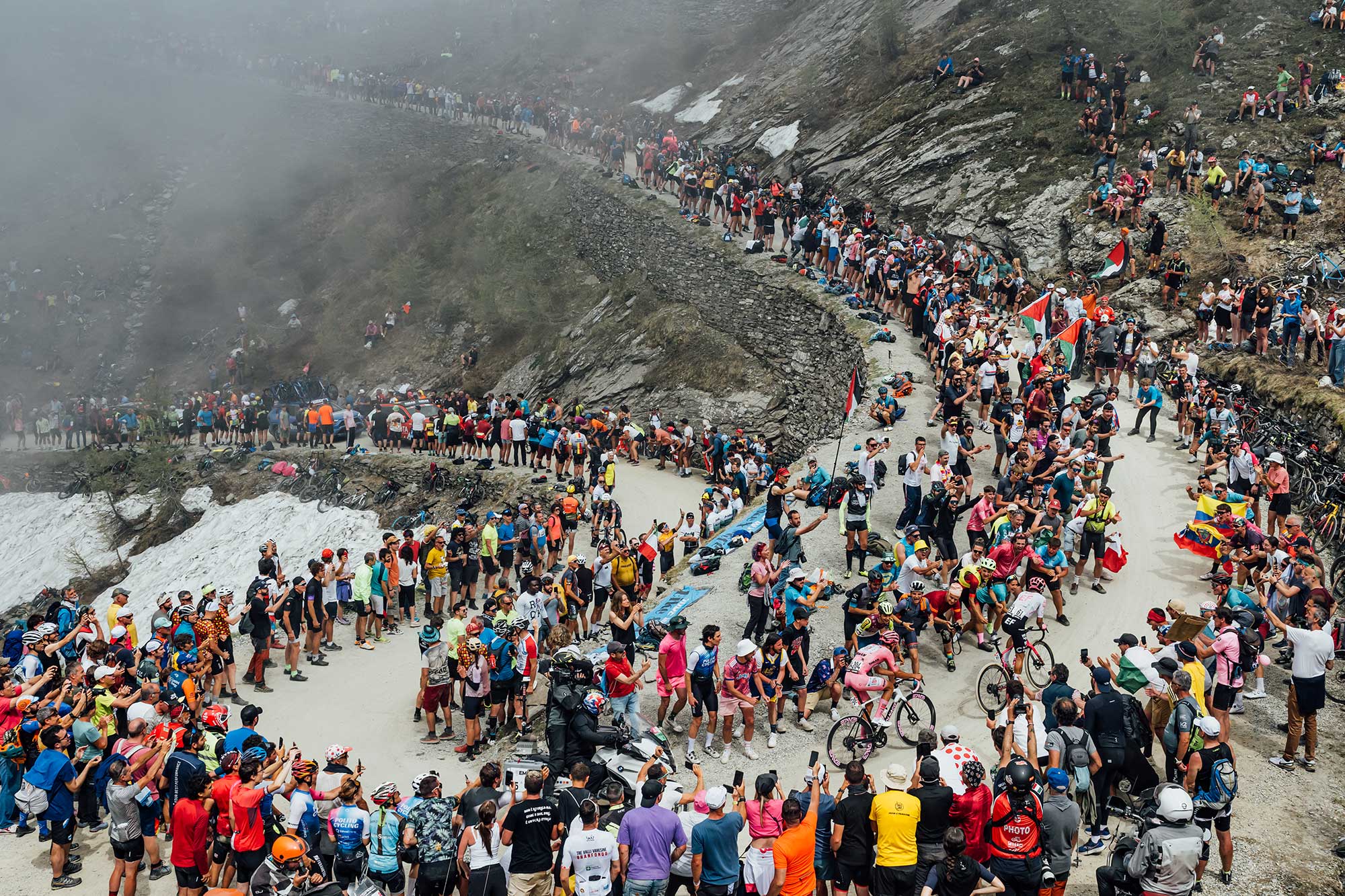
Richard Carapaz and Isaac del Toro ascending the Colle de Finestre. It's an ampitheatre of cycling and probably one of the best climbs in the world to shoot, bar none.
There are endless opportunities for a photographer; scenics, the crowd, you can come away with an absolute bagful of pictures from this, and obviously the race absolutely exploded on this, so it's had everything.
The cloud is ever so slightly in the shot, and the number of times I've been done over by fog coming in is not worth talking about. This is basically what our whole day rests on, the most epic day of bike racing in the most epic location, so if the thick fog rolls in, you could go home empty handed.
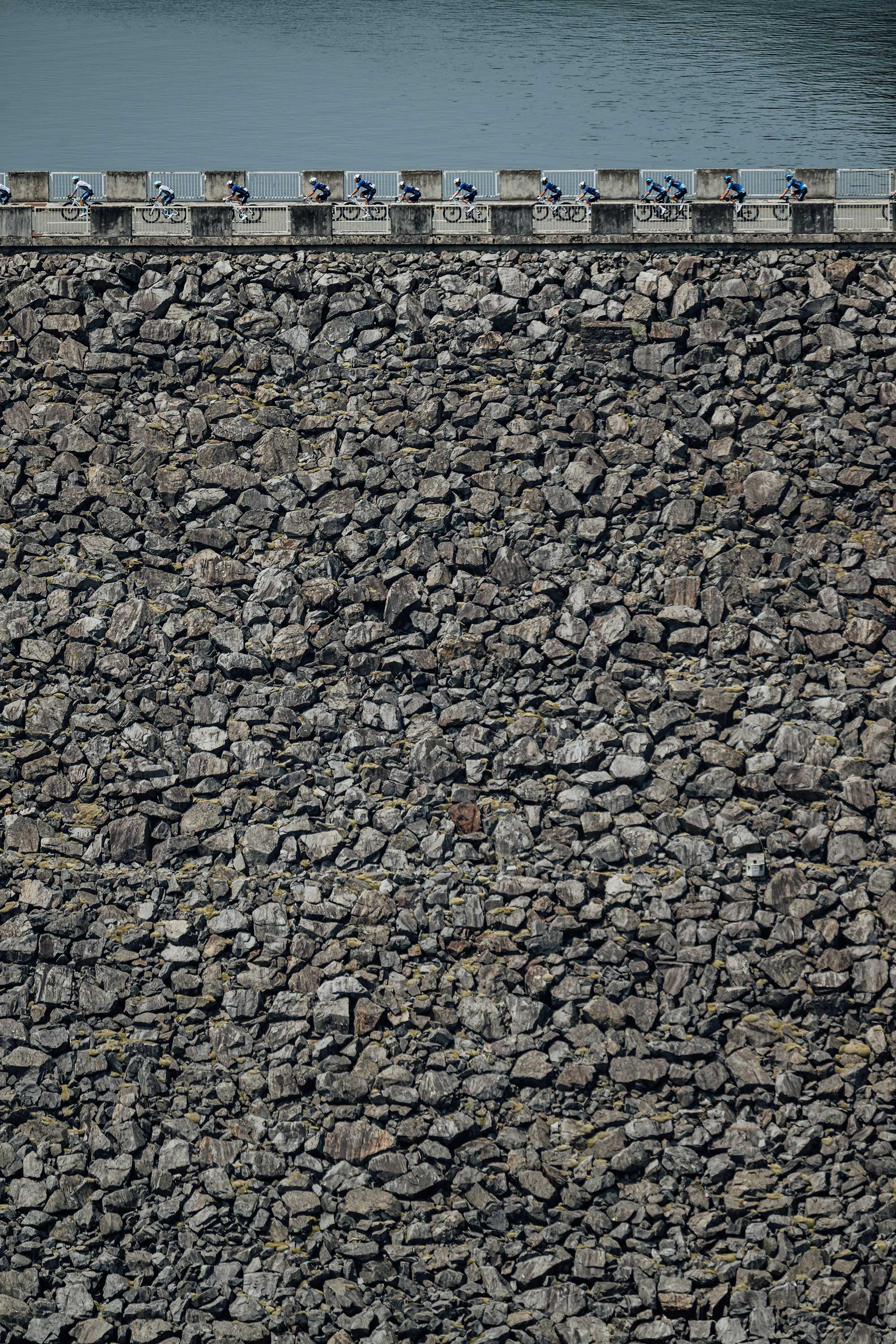
This shot was taken when I covered the Critérium du Dauphiné with my colleagues Jered and Ashley Gruber, and we saw this shot, but you had to get up onto another bridge, like an old railway bridge that was closed. So we took a big loop around a reservoir to reach the position. Then we climbed up onto this bridge with the help of a local member of the tourist board.
Finding a shot like that comes from keeping your eyes open, but also assessing the route and the way the landmarks are, or the shape of the road that could provide a different angle, whether that's been elevated or behind or lower down. If you can see the race from two different perspectives from one location, that's even better.
Obviously, on mountain stages, you're looking for hairpins and curves in the road, or whether the race loops back on itself, and things like that.
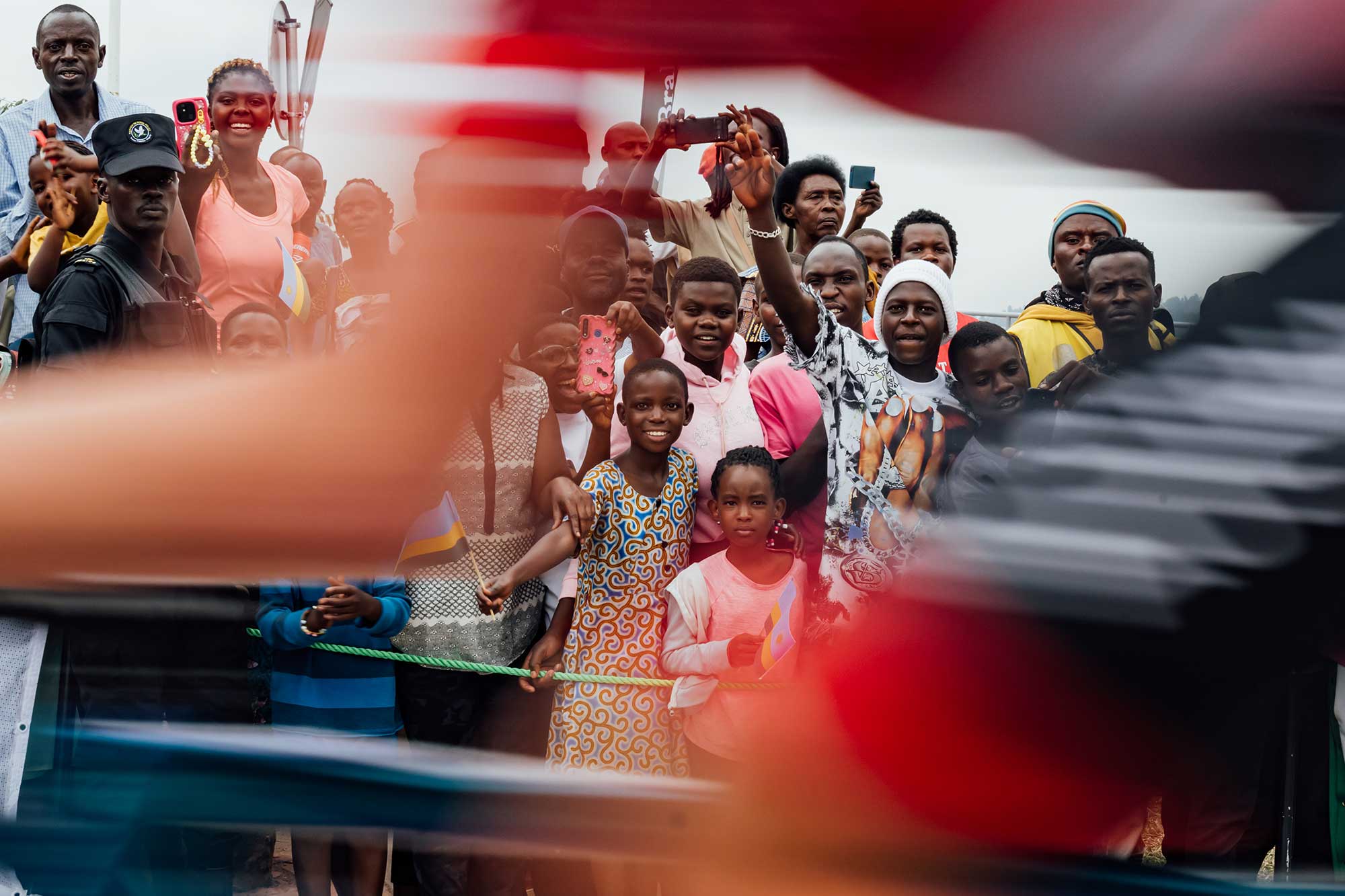
I went to Rwanda, like a lot of people, with trepidation about what it was going to be like, but it was a fantastic trip. The people made the race. The Rwandans couldn't have been more welcoming and pleased to see you. You actually felt welcome, because there are a lot of places you go where people think 'this bike race is an inconvenience', but in Kigali, you didn't hear any negativity. Everyone was welcoming, and everyone wanted to know what you thought about Rwanda. I would recommend that anyone go to Rwanda, it was a fantastic place.
My only criticism would be that the elite women should have gone up the Mur de Kigali, because that was one of the best photo locations I've ever been to, and they could have easily put a lap in for the women.
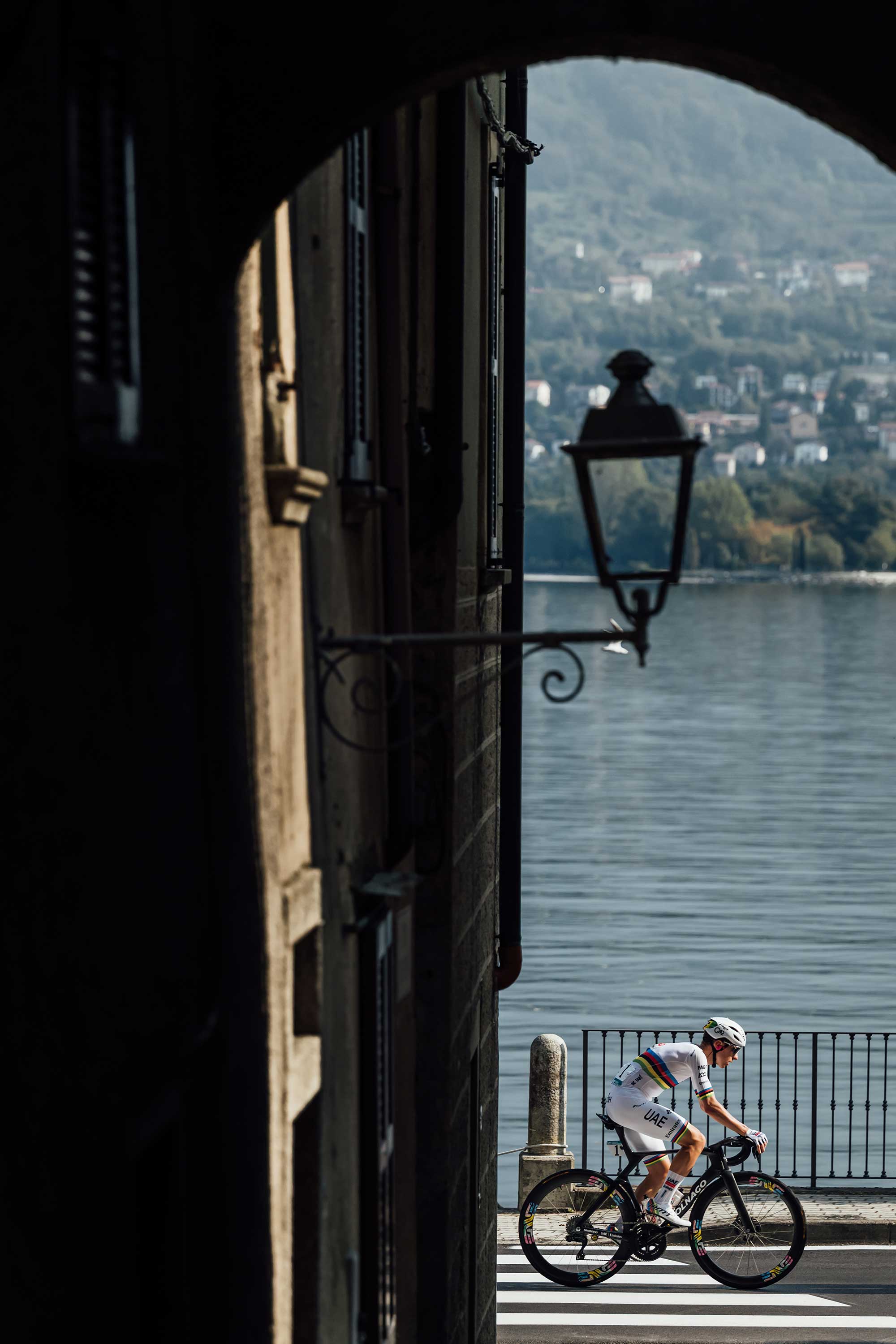
If you don't include Tadej Pogačar, then you're not telling the story of this season, and you're always trying to get that shot of him on his own.
You want that shot of the winner on their own, even if this was mid-race at Il Lombardia and he was still in the group, it was spread out enough so that you could catch him clean.
With this type of shot, you just bury the shutter down and let them ride through. You've pre-focused on the road and just keep your finger in. Then you don't know what you've got until you look at the computer. You know you'll get something, but will you get the shot that you really like? That one on the shores of Lake Como was a nice one.
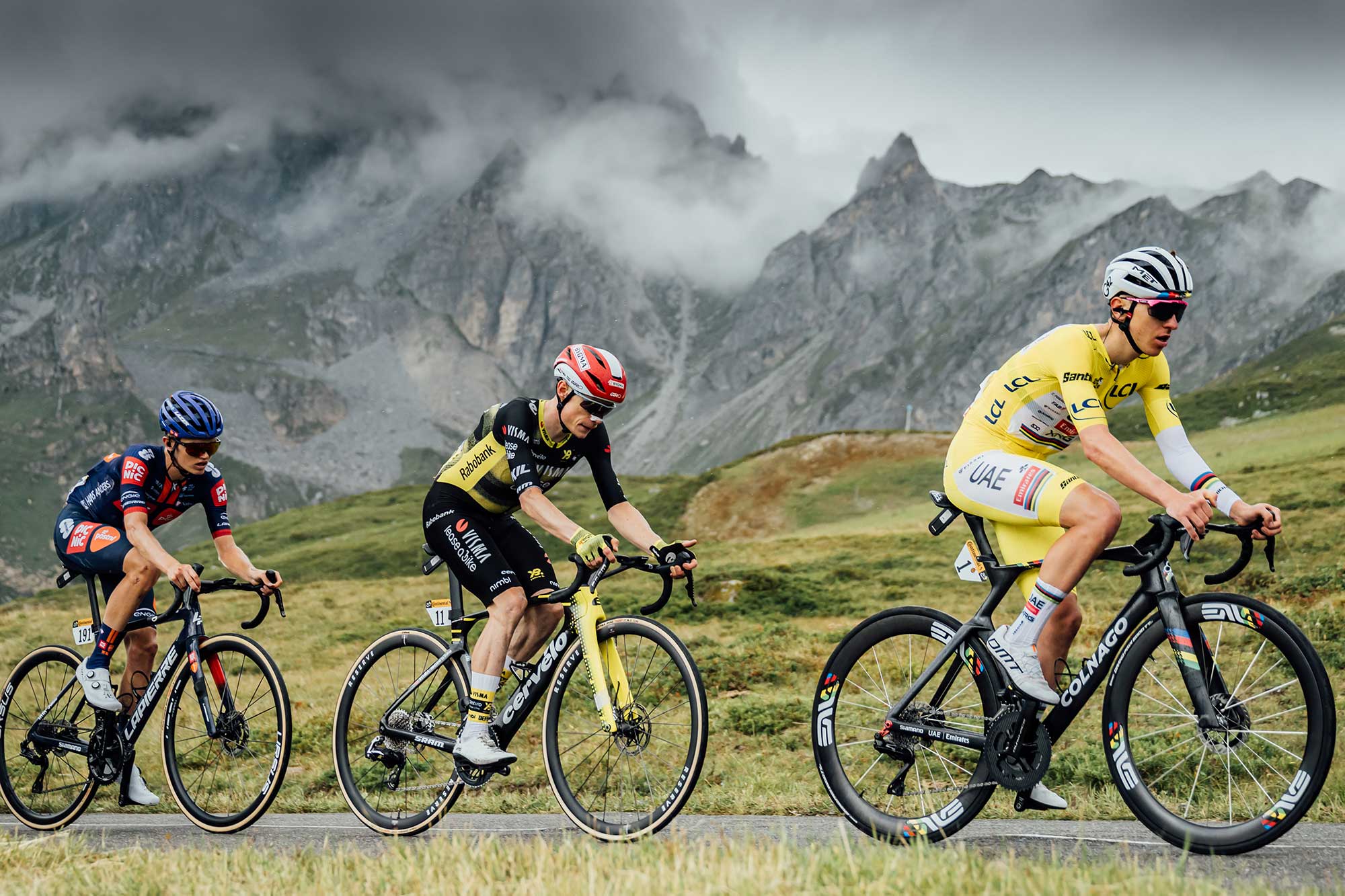
Stage 18 of this year's Tour de France was another one-shot day, and it was nearly a non-shot day.
There were 10 photographers all sat for this shot because it was so epic. We waited patiently for six hours, unable to shoot anything else. This was all we were banking on for the entire day. After Ben O'Connor came past en route to his solo win, the big boys came into view, Pogačar, Jonas Vingegaard, and Oscar Onley.
It was at this point that a woman decided to run alongside the cyclists, and in front of all the photographers, basically ruining everybody's shot. Fortunately, I've managed to crop her out of this image, hence why the edge is quite tight on the Slovenian's front wheel.
But as you can imagine, the air was somewhat blue. The female fan was fairly upset by the frosty reception from some of my colleagues, so much so that her boyfriend actually emailed one of my colleagues, bought the picture with her in it, and sent a letter of apology.
That is another kind of the sport's charms, cycling fans are the most unpredictable fans of any sport, because they just do things that you don't expect and ruin pictures, when they get carried away. There'll be flags in front of you, or they just get carried away with the moment.
The irony with this shot, or at least our original intention, is that we wanted to capture the grey clouds, gloomy mood, and moment of silence within the circus of the Tour. Fortunately, a bit of cropping ensured we still could.

Mur de Kigali with Isaac del Toro, and Pogačar on his wheel, it probably ranks as one of the top three climbs I've ever shot in my life. Absolutely amazing. The atmosphere was fantastic, the racing was fantastic, it had everything.
I'd seen the pictures from the Tour du Rwanda and I was just hoping and praying that the UCI didn't sanitise it too much, and they didn't. So the only two disappointing things are that the elite women's race didn't tackle it, and that the men should have gone up every lap.
It was like a photographer's dream, every shot was an absolute banger, we were in paradise.
You must confirm your public display name before commenting
Please logout and then login again, you will then be prompted to enter your display name.
